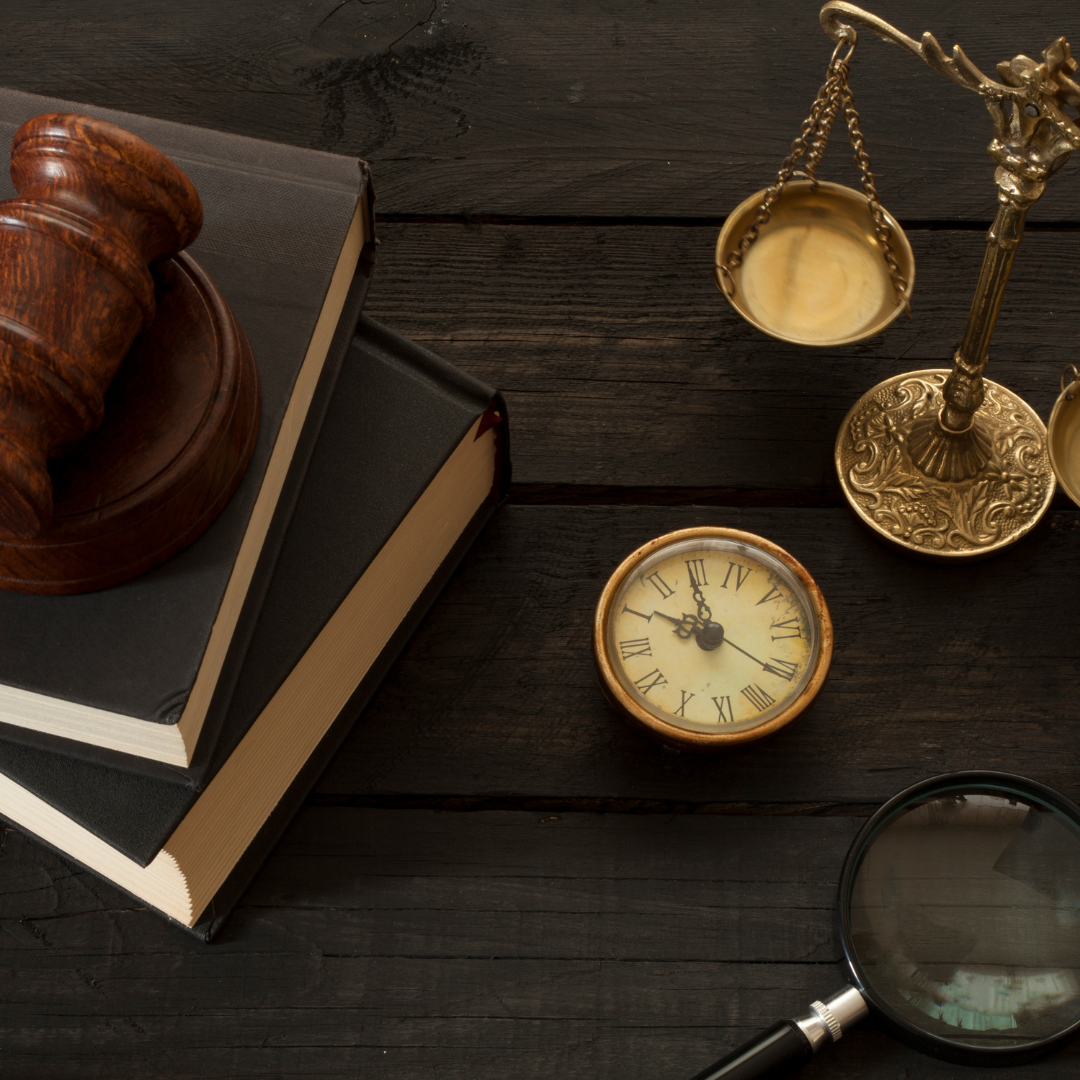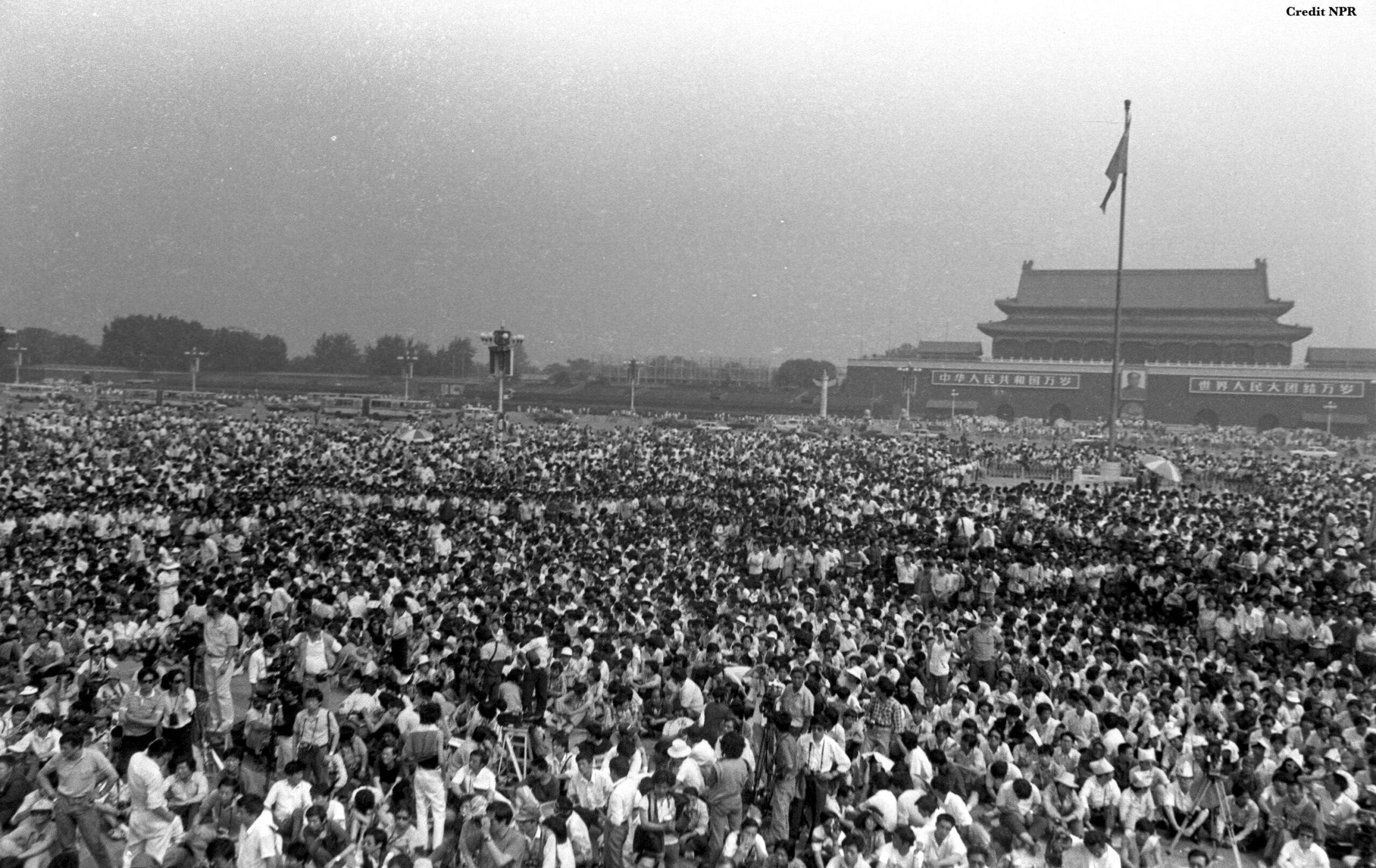A History of Law


Occasionally, someone in my family tells me that I’d make a good lawyer. To be precise, this has only happened twice in my whole life, but my ego took a liking to comments like that. Pre-law students study a whole variety of subjects, from Anthropology and Egyptology to English and Government. Good lawyers are communicative, persistent, and good with noting details. They might be creative, analytical, or both. Many leaders of the United States were lawyers: John Adams, Thomas Jefferson, Calvin Coolidge, even Abraham Lincoln.
 I wondered – how did these lawyers get trained? Where did they study? It’s hard to picture Thomas Jefferson and John Adams poring over books and studying to pass exams. Where were the first institutions for the teaching of Western law? What were they like?
I wondered – how did these lawyers get trained? Where did they study? It’s hard to picture Thomas Jefferson and John Adams poring over books and studying to pass exams. Where were the first institutions for the teaching of Western law? What were they like?
According to an article by the Bar Council of India, the need for specialists of law became evident in the thirteenth century in the United Kingdom, under the rule of King Edward I. He decreed that students representing every county needed to be familiar with details of the laws and courts. These students, who came from a variety of different places, came together to form living groups where lecturers could visit and reach several students at once. These groups became known as Inns of Court. Inns soon became intellectual hubs, where students began learning about art and culture as well as law. English legal education continued to grow in popularity- but only after 1750 did common law begin to be taught at universities like Oxford and Cambridge. Much of American law was inspired by its English counterpart. Americans adopted the law & changed what they didn’t like!









